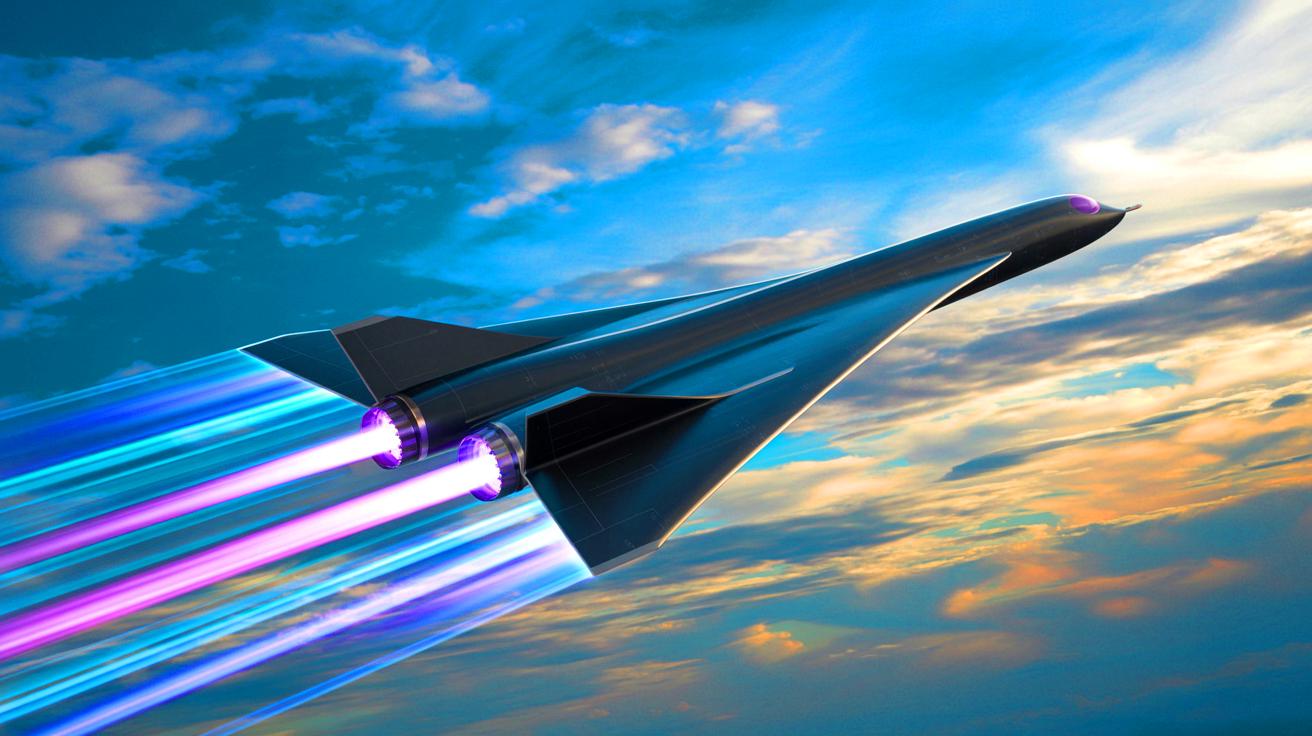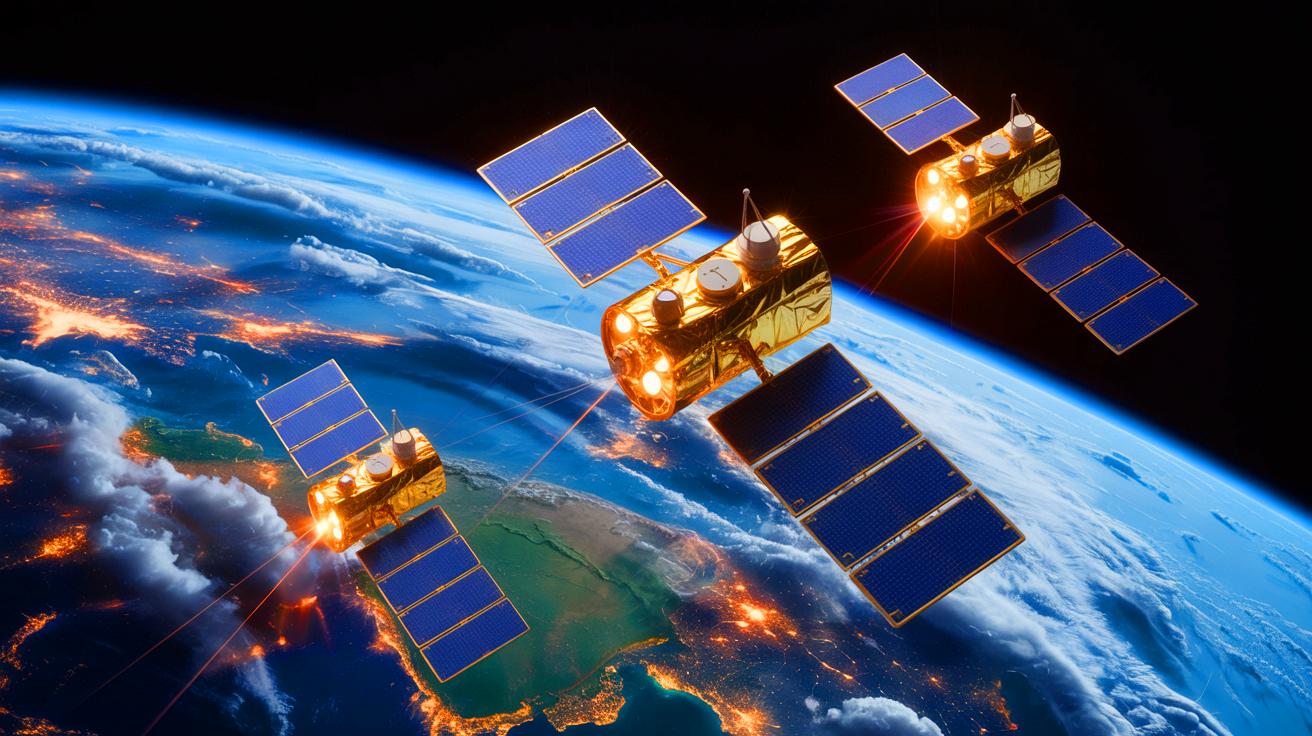| IN A NUTSHELL |
|
In a remarkable stride toward redefining global travel, China has unveiled a revolutionary hypersonic engine capable of propelling aircraft at an astonishing 12,250 mph. This groundbreaking technology promises to slash long-haul flight times, potentially transforming how we perceive distance and time. With the capability to circle the globe in just two hours, this engine is poised to not only revolutionize commercial air travel but also significantly impact cargo transport and military strategy. As we delve deeper into this technological marvel, it becomes clear that the implications extend far beyond conventional aviation advancements.
A Major Leap Beyond Supersonic Travel
For decades, the world marveled at the capabilities of supersonic aircraft like the Concorde, which pushed boundaries by flying at Mach 2. However, issues with efficiency and fuel consumption ultimately limited their widespread adoption. Now, China is breaking new ground with a hypersonic engine that transcends Mach 16, bringing the dream of hypersonic flight closer to reality. Operating at 18.6 miles above Earth, the engine employs a dual-mode detonation process that is nothing short of revolutionary.
At speeds up to Mach 7, the engine utilizes a rotary detonation system, where a continuous shockwave combusts fuel more efficiently than traditional jet engines. Once it surpasses Mach 7, the engine transitions to oblique detonation mode, maintaining high-speed performance with enhanced stability. This approach achieves up to 80% energy conversion efficiency, far surpassing the 20–30% efficiency typical of conventional engines. By tackling fuel consumption and stability challenges, this technology moves a step closer to making hypersonic aviation feasible.
A Revolution in Global Transportation
The integration of hypersonic propulsion into commercial aircraft could dramatically reduce flight times, altering the landscape of global transportation. Imagine flying from Paris to New York in under an hour or completing a London-to-Sydney journey in just 90 minutes instead of the usual 22 hours. The implications for cargo transport are equally profound; at these speeds, global deliveries would become nearly instantaneous, reshaping supply chains and international trade.
Eliminating logistical bottlenecks would benefit industries reliant on rapid shipments, such as medical supply chains and high-value manufacturing. The ability to transport goods across vast distances in minutes would revolutionize how businesses operate, providing unprecedented flexibility and efficiency.
Military and Defense Implications
The military potential of hypersonic propulsion is equally significant. Aircraft and missiles traveling at Mach 16 would be almost impossible to intercept with current air defense systems, raising concerns about strategic deterrence and national security. Unlike conventional fighter jets or ballistic missiles, hypersonic vehicles move so swiftly that traditional radar tracking and interception technologies may become obsolete.
China’s advancement in this field is expected to intensify competition among global superpowers. The United States, Russia, and Europe are already investing heavily in hypersonic research, but China’s breakthrough may accelerate the race for high-speed military dominance. The ability to evade detection and strike with unprecedented speed could fundamentally change warfare, forcing nations to rethink their defense strategies.
Engineering Challenges and Future Developments
Despite its potential, significant engineering challenges must be resolved before hypersonic travel becomes a practical reality. Extreme heat and pressure at Mach 16 necessitate advanced thermal protection systems to prevent aircraft from disintegrating. Materials capable of withstanding these conditions must be developed, and cooling mechanisms must be perfected to ensure structural integrity during flight.
Stability and control also pose major hurdles. Previous detonation engines have struggled with shockwave management, making them difficult to operate consistently. Researchers must refine the technology further to ensure that hypersonic engines remain stable across various speed ranges. Additionally, economic feasibility is a key concern. Although the engine is theoretically more fuel-efficient than traditional propulsion systems, developing cost-effective aircraft that can safely operate at these speeds remains a significant challenge. If the technology proves too expensive, commercial adoption could be delayed for decades.
As we stand on the brink of this new era in aviation, the potential for hypersonic travel is immense. However, the journey to overcome the technological and economic challenges is just beginning. Will the world embrace this high-speed future, or will it remain an ambitious dream for generations to come?
This article is based on verified sources and supported by editorial technologies.
Did you like it? 4.7/5 (21)


